GIZ works
Our work produces results. The data that we collect on a regular basis confirms this. It tells us what we are able to change together with our commissioning parties and partners on site: in individual projects, but also across projects and countries.
We collect data on standard cross-project indicators from different projects using the same methods and uniform units of measurement and over an identical period of time. This allows us to collate data from a large number of projects. Around 1,300 projects provided data for 2023.
Effective at all levels
Together with our partners, we change the lives of people in our countries of assignment for the better in quite specific ways. This, in turn, contributes to global goals: the success that we achieve in our work plays a role in attaining the Sustainable Development Goals (SDGs) of the 2030 Agenda.
Through the Energising Development (EnDev) programme, for example, we support the transition to clean and renewable technologies and fuels in over 20 countries in Africa, Asia and Latin America. We thus reduce greenhouse gas emissions and contribute to the achievement of SDG 13 on ‘Climate action.’ And this, in turn, benefits us all, wherever we are around the globe.
In 2023, Kenya alone was able to avoid the production of 690,000 tonnes CO2equivalent* under the Energising Development programme.
By way of comparison, this corresponds to the total annual CO2 emissions of Eritrea or the estimated average emissions of nearly 500,000 medium-sized cars in Germany in 2022.
Taking the results of all projects in Kenya as a whole, emissions of greenhouse gases in the country were reduced by more than 1,026,000 tonnes CO2equivalent* in 2023 thanks to our work.
Across the continent of Africa, the projects that we conducted with our partners reduced greenhouse gas emissions by more than 4,117,000 tonnes CO2equivalent* in 2023.
At the global level, we reduced worldwide greenhouse gas emissions by over 13,748,000 tonnes of CO2equivalent* together with our partners in 2023.
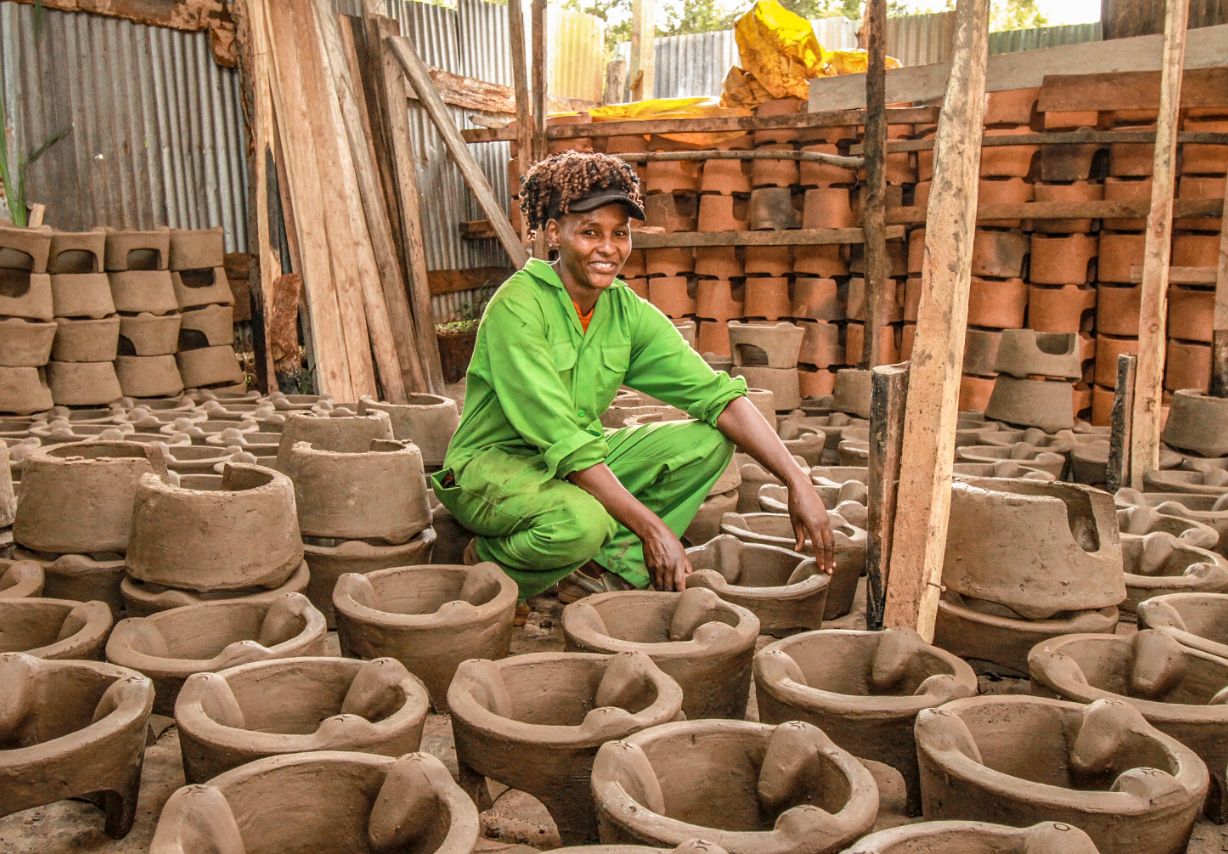
© GIZ
| Commissioned by | German Federal Ministry for Economic Cooperation and Development (BMZ) in a multi-donor partnership with the Netherlands Directorate-General for International Cooperation (DGIS), the Norwegian Agency for Development Cooperation (Norad) and the Swiss Agency for Development and Cooperation (SDC) | |
| Cofinanced by | the Australian Department of Foreign Affairs and Trade, the European Union (EU), Global Energy Alliance for People and Planet (GEAPP), Icelandic International Development Agency, IKEA Foundation, Irish Aid, Korea Foundation for International Healthcare, Netherlands Enterprise Agency (Rijksdienst voor Ondernemend Nederland, RVO), Swedish International Development Cooperation Agency (Sida), UK Foreign, Commonwealth & Development Office (FCDO), United States Agency for International Development (USAID) | |
| Location | Bangladesh, Benin, Bolivia, Burundi, Cambodia, DR Congo, Ethiopia, Guinea, Kenya, Laos, Liberia, Madagascar, Malawi, Mali, Mozambique, Nepal, Niger, Rwanda, Senegal, Sierra Leone, Tanzania, Uganda | |
| Term | since 2005 |
GIZ’s Safeguards+Gender Management System
When preparing and carrying out projects, we take great care to ensure that positive impacts in one area do not result in unintentional deterioration in other areas. In order to guarantee this, GIZ uses its Safeguards+Gender Management System in the preparatory stage to examine projects planned from all commissioning parties and identify any potential unintended negative impacts.
We look at risks in various areas: the environment, the climate, conflict and context sensitivity, human rights and gender equality. If necessary, we develop appropriate approaches to counteract the adverse consequences and integrate them into the project design. With the help of this system, we examine around 300 project proposals and identify risk-mitigating modifications every year.
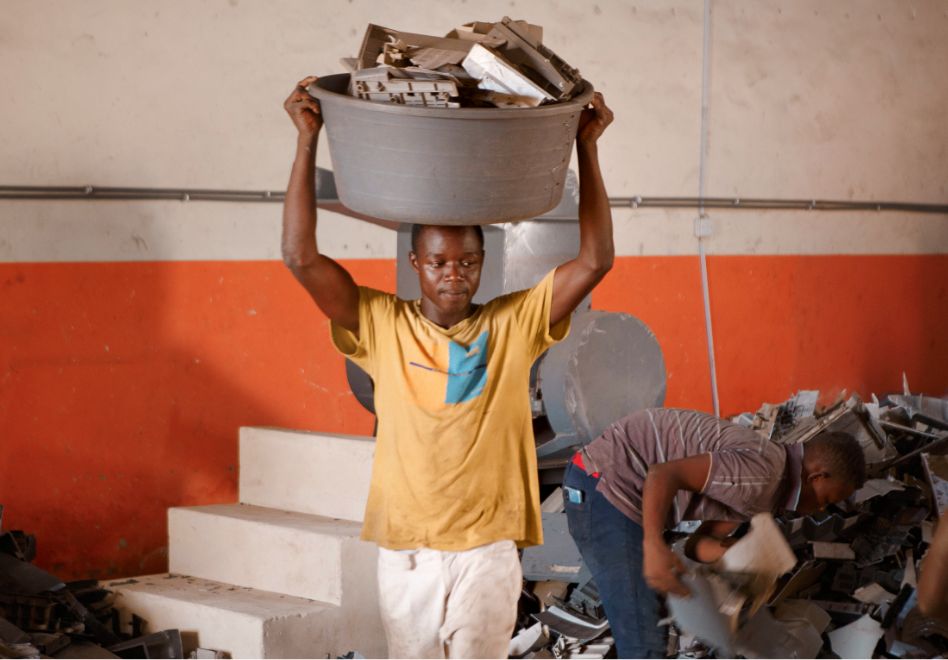
Find out here what a project assessment using the Safeguards+Gender management system looks like in practice:
Success stories from our work around the world*
Food and nutrition security is one of the biggest global challenges of all. We work around the globe on sustainably transforming agri-food systems, reducing food losses and food waste and changing eating habits for the better. In 2023, we contributed to more than 2.2 million people overcoming hunger and malnutrition.
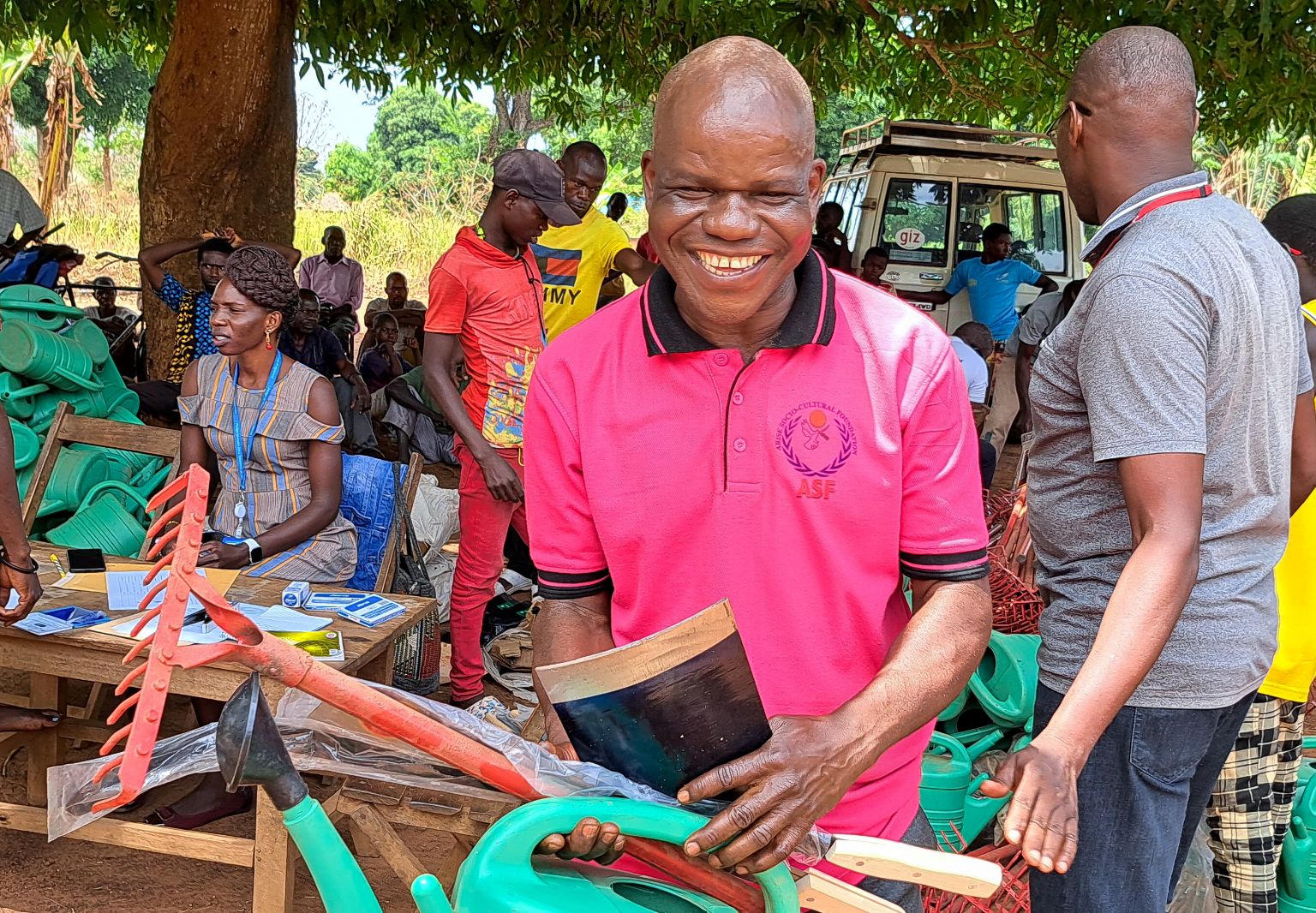
Find out here how we teach farmers in South Sudan about productive crop-growing methods and balanced diets, which also promotes stability in the country:
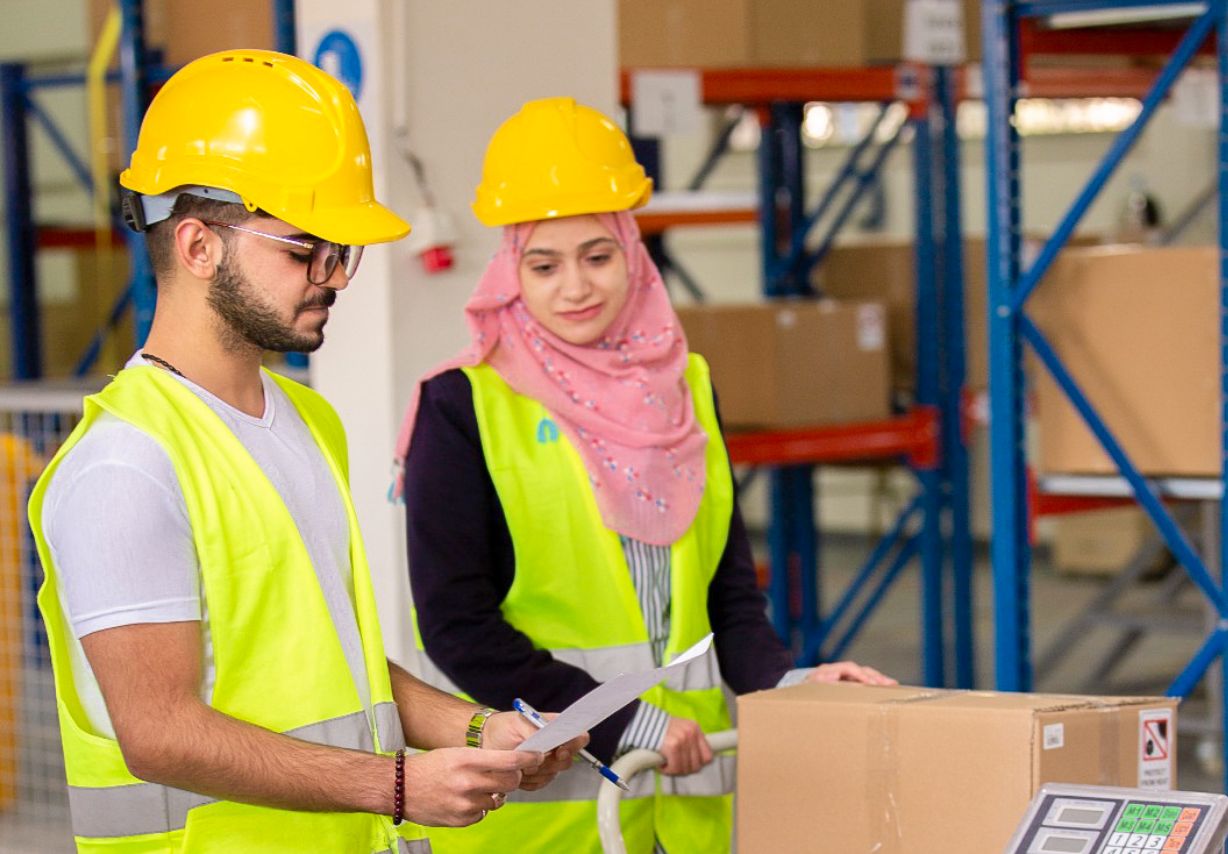
Learn here how a practical training programme made a lasting change to the life of Safa’a Khlaifat in Jordan:
Skilled workers are one of the cornerstones of a country’s viable economic development. GIZ supports partner countries and their economies around the world in developing strategies for vocational education and training and creating prospects for local people. Last year, 260,000 people benefited from this directly and completed a vocational training measure.
Digital innovations can accelerate development progress. Better access to administrative services via digital tools can remove obstacles and pave the way for sustainable structural change. In 2023, we enabled potentially as many as 127.5 million people to gain access to digital services.
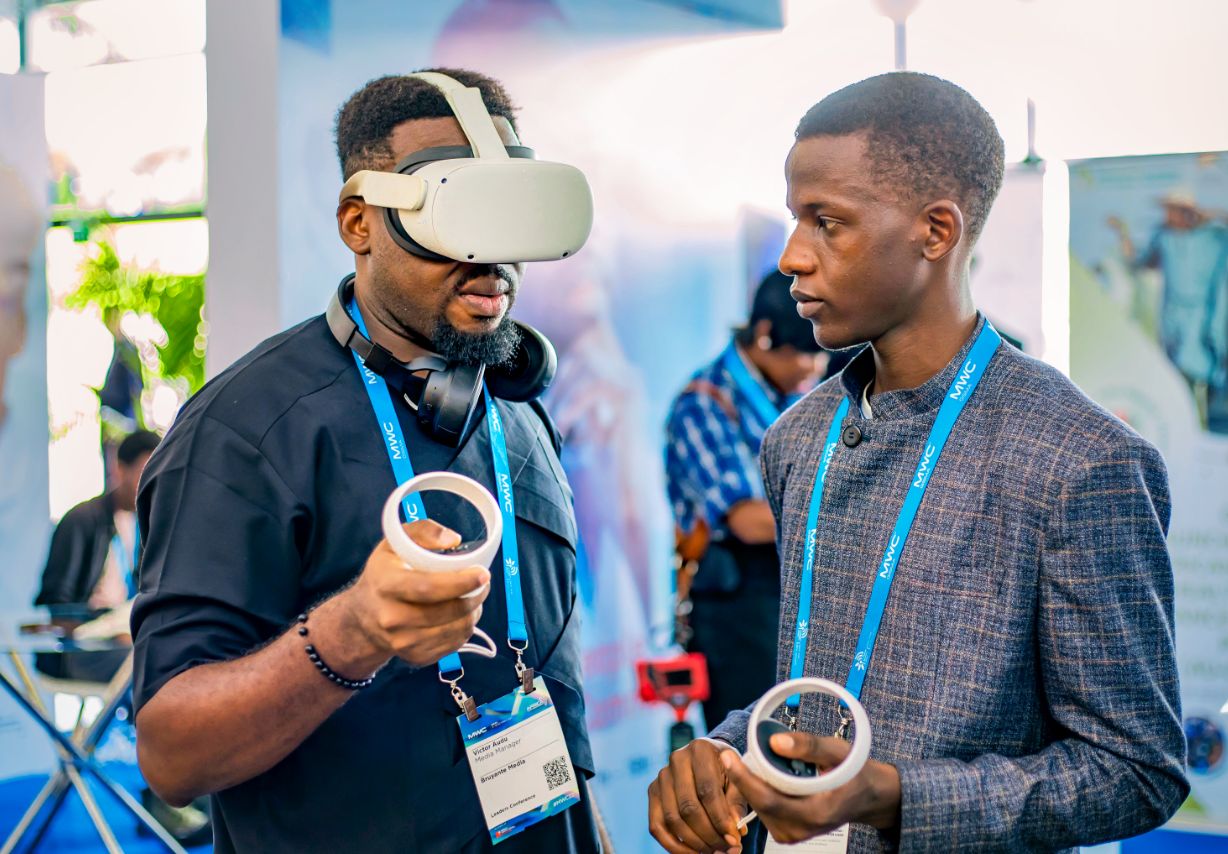
In Rwanda, the digital transformation is improving the lives of many people in different ways.
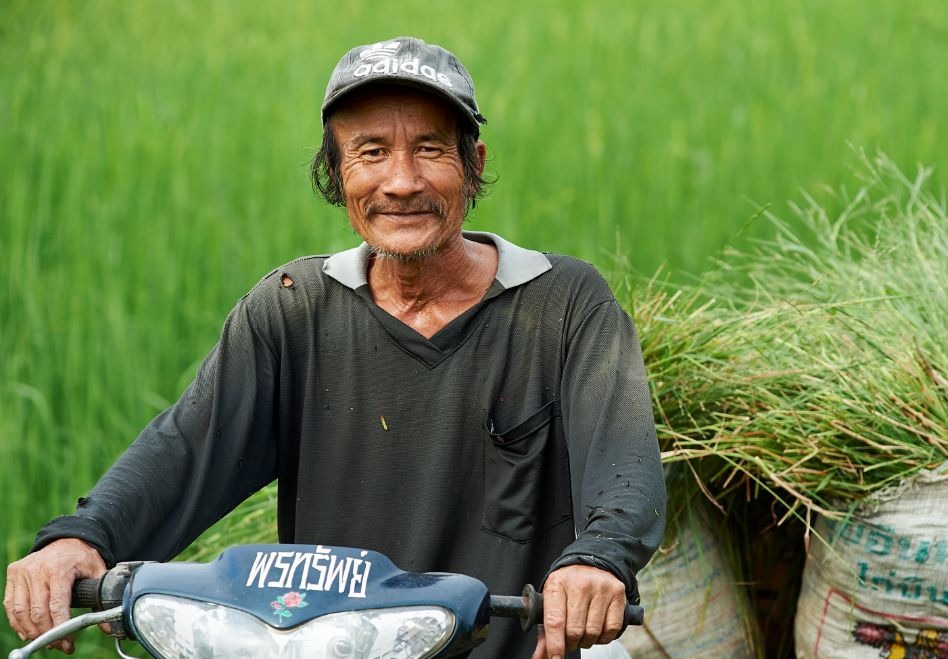
Learn here about how we help rice farmers in Thailand and urban residents in Mexico to adapt their lives to the new climate conditions:
The Global South is already being hit hardest by the effects of climate change. GIZ is working with a large number of countries on making their population and ecosystems more resilient to the consequences of the climate crisis. Last year, we provided direct support to 6.4 million people in managing the impacts of climate change.
*GIZ achieved the stated results figures with projects from all commissioning parties in the stated period.
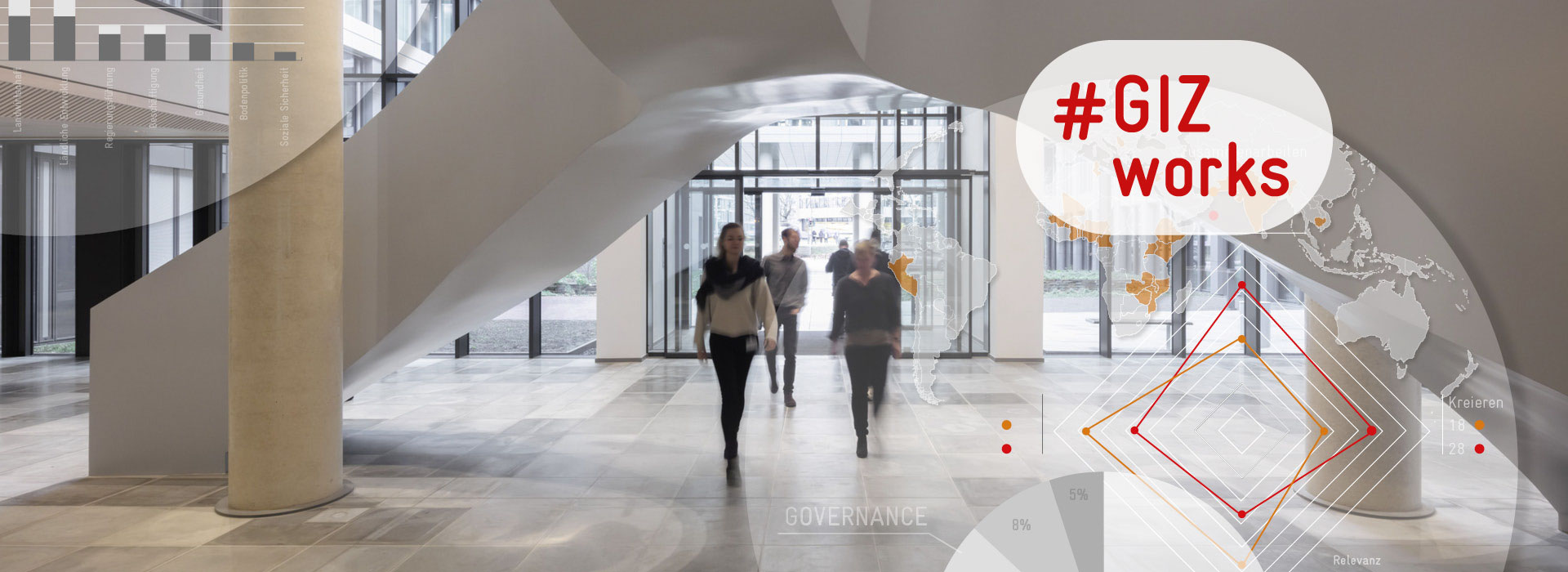
 Fullscreen
Fullscreen Close
Close Download
Download